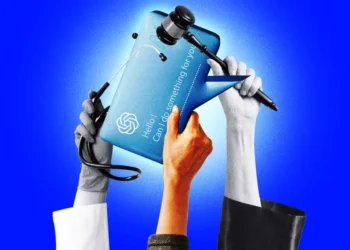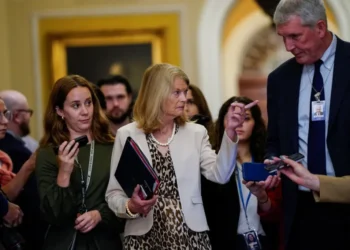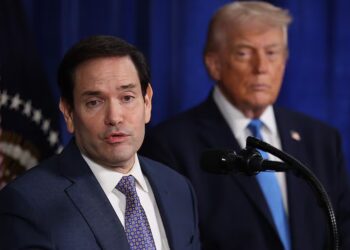Bondi Beach hero Ahmed Al-Ahmed’s touching act after arriving in NYC for gala
Ahmed Al-Ahmed has visited the resting place of two of the most influential Jewish leaders before he begins further treatment...
Trump Admin Expands List of Countries From Which Visa Applicants Must Pay Pricey ‘Bonds’
More and more countries are being added to the list for which passport holders must put down as much as...
The DoorDash Deep Throat scam lays bare our new era of untruthiness
Getty Images; Tyler Le/BIThis past weekend, the internet was set ablaze by a post on r/Confessions claiming to be from...
The Ways Trump Could Try to Take Greenland
President Donald Trump has long mused about the U.S. taking over Greenland, a suggestion that European leaders and Greenlanders have...
ChatGPT is the new WebMD
Getty Images; Alyssa Powell/BIA few times a week, Jonathan Freidin, a medical malpractice attorney in Miami, says he'll notice that...
‘Long shot to plausible’: Veteran polling analyst says one Dem candidate changes huge race
A Democratic Party candidate weighing up a run for the Senate could be a “plausible” winner in a particular seat,...
Harvard Dean Gregory Davis removed after anti-White, anti-police social media posts resurfaced
A Harvard University dean has been removed after a student-run news outlet exposed social media posts slamming Whiteness, police and advocating for...
How JPMorgan CEO Jamie Dimon notched $770 million in gains for his work in 2025
Last year was a roller coaster ride, but a market rebound has pushed mega banks’ stock growth nearly 30% and...
Two sloth bear cubs born at National Zoo; father yet to be identified
Two sloth bear cubs were born at the National Zoo, which appears to be good news for this vulnerable species...
World’s Top EdTech Companies of 2024
How TIME and Statista Determined the Top EdTech Companies of 2024 The pandemic may no longer have the same grip...














